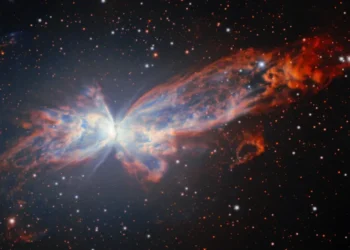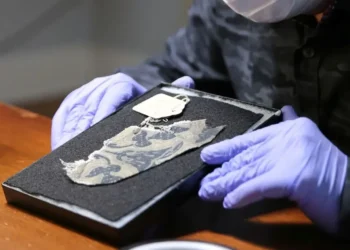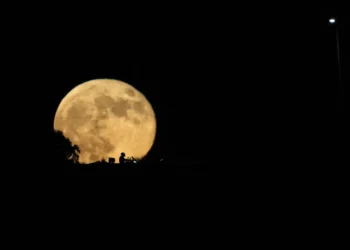Europe Just Created the First Artificial Solar Eclipses—And Scientists Are Blown Away
CAPE CANAVERAL, Fla. — Imagine being able to summon a total solar eclipse on demand—not for a few fleeting minutes, but for hours at a time. Thanks to a pair of high-tech European satellites, that’s now a reality.
In a first-of-its-kind feat, the European Space Agency (ESA) has created artificial solar eclipses in space, giving scientists unprecedented access to the sun’s mysterious outer atmosphere—its corona. The breakthrough, made possible by two tiny cube-shaped satellites flying in perfect harmony, was revealed this week at the Paris Air Show.
How They Did It: Precision in Orbit
The mission, dubbed Proba-3, involves two satellites launched late last year. Since March, they’ve been flying in a carefully choreographed formation about tens of thousands of miles above Earth, maintaining just 492 feet (150 meters) of separation.
Here’s the magic:
- One satellite acts like the moon, blocking the sun with a specially designed disk.
- The other trails behind, aiming its telescope directly at the corona, the sun’s outer glow visible only during an eclipse.
The trick is doing this with millimeter-level accuracy—about the width of a fingernail. It’s an autonomous ballet, guided by GPS, star trackers, lasers, and radio links.
Why It Matters: Eclipses On-Demand, Data in Overdrive
Unlike natural solar eclipses, which only offer a few minutes of totality and happen roughly once every 18 months, Proba-3 can simulate them as often as twice a week. Over its two-year mission, it’s expected to produce nearly 200 artificial eclipses, totaling over 1,000 hours of observation time.
Scientists are already thrilled. During the mission’s test phase, Proba-3 successfully created 10 eclipses, including one lasting an incredible five hours. And that’s just the warm-up—researchers are aiming for six-hour eclipses when full scientific observations begin in July.
“We almost couldn’t believe our eyes,” said Dr. Andrei Zhukov of the Royal Observatory of Belgium. “This was the first try, and it worked. It was so incredible.”
What’s even more exciting? Early images of the corona are so crisp they didn’t even require special post-processing.
Unlocking the Sun’s Greatest Mysteries
The sun’s corona continues to puzzle scientists, especially because it’s hotter than the sun’s surface—a longstanding solar mystery. It’s also where coronal mass ejections erupt, hurling massive amounts of charged particles into space and triggering geomagnetic storms that can disrupt power grids and light up skies with unexpected auroras.
Previous missions like ESA/NASA’s Solar Orbiter and SOHO also studied the sun using artificial eclipses—but with one key difference: those missions placed both the sun-blocking disk and the telescope on the same spacecraft.
With Proba-3, the disk and the telescope are on separate satellites, giving researchers a much clearer and more detailed view of the corona—especially near the sun’s edge.
“We are extremely satisfied by the quality of these images,” said ESA mission manager Damien Galano. “And that’s really thanks to formation flying with unprecedented accuracy.”
In short:
We’re no longer at the mercy of the moon to study solar eclipses. With Proba-3, scientists now have a powerful tool to uncover the sun’s secrets—any time they want.
This article was rewritten by JournosNews.com based on verified reporting from trusted sources. The content has been independently reviewed, fact-checked, and edited for accuracy, neutrality, tone, and global readability in accordance with Google News and AdSense standards.
All opinions, quotes, or statements from contributors, experts, or sourced organizations do not necessarily reflect the views of JournosNews.com. JournosNews.com maintains full editorial independence from any external funders, sponsors, or organizations.
Stay informed with JournosNews.com — your trusted source for verified global reporting and in-depth analysis. Follow us on Google News, BlueSky, and X for real-time updates.














